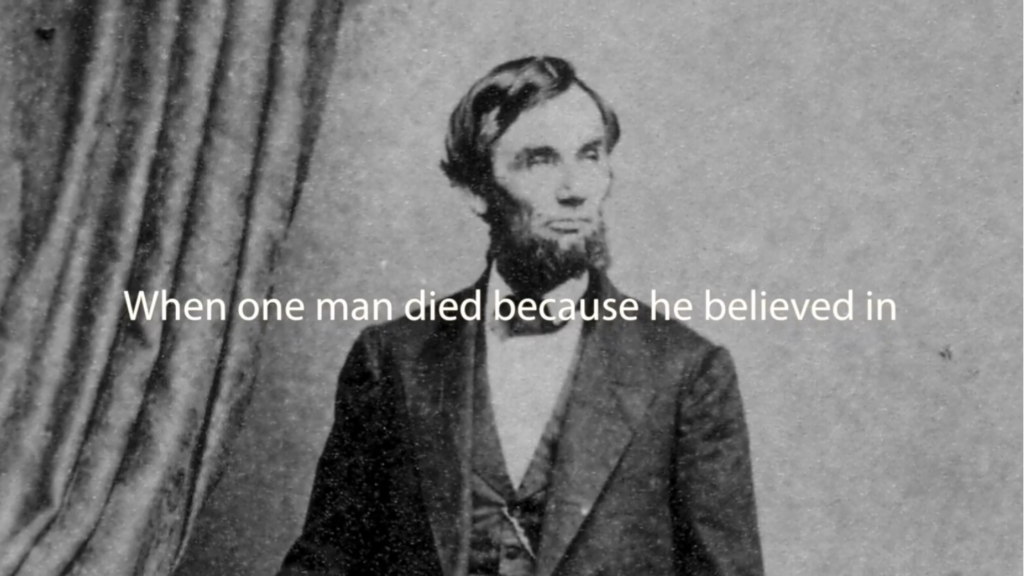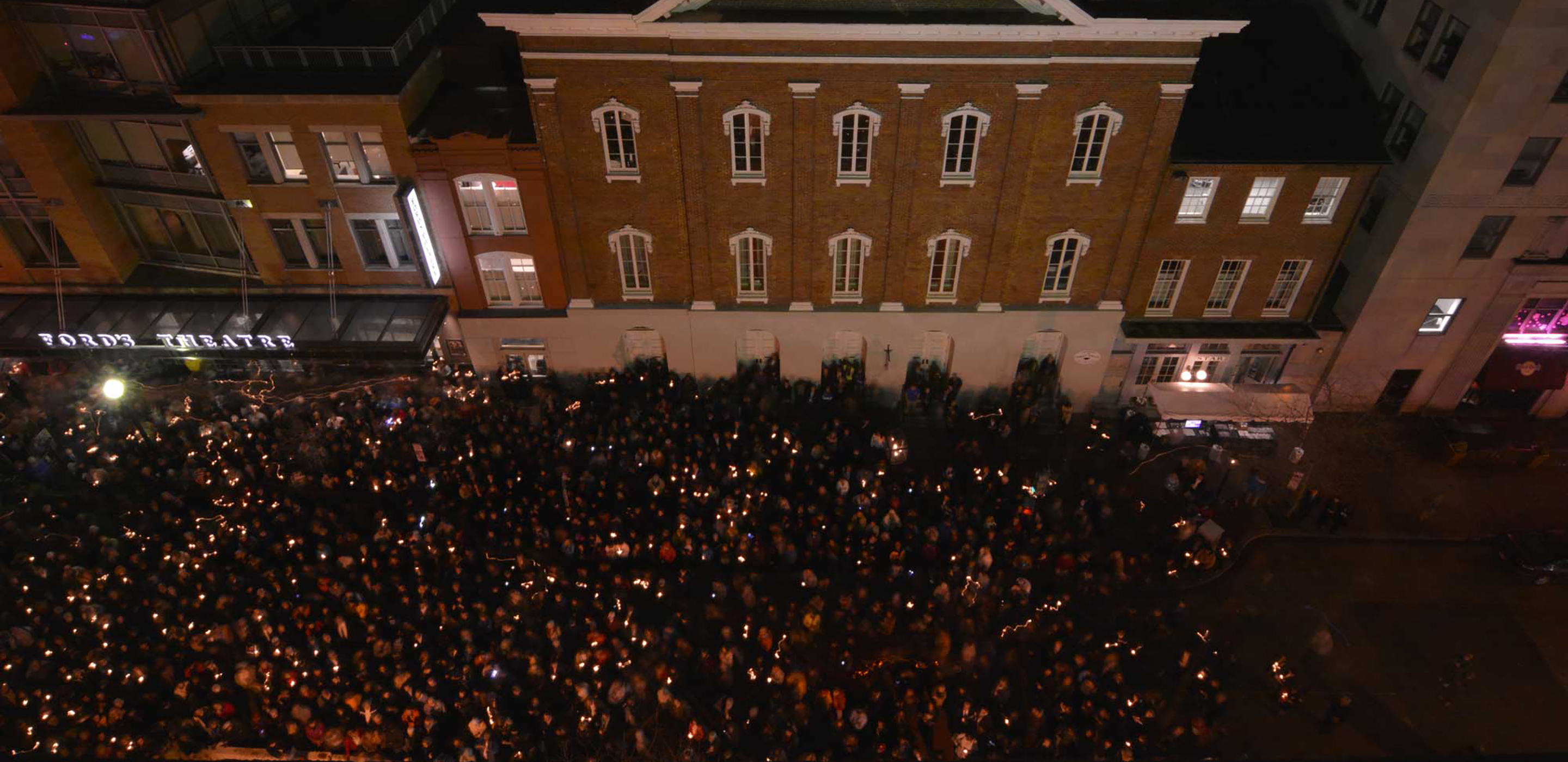
Night on 10th Street
After soldiers carried President Abraham Lincoln into the Petersens’ boarding house, a crowd gathered outside on 10th Street to await word. What would happen to their beloved leader? What would happen to the country?
As word of Lincoln’s assassination spread, people rushed to 10th Street, congregating between Ford’s Theatre and the house where Lincoln lay dying. That night, rumors flew around Washington. The crowd grew into the night; any time someone came out of the house owned by the Petersen family, people demanded to know what was happening.
Meanwhile, doctors inside the house stepped outside at regular intervals to provide updates on the president’s medical condition.
On this page, explore the only first-person representation of the scene, and see what eyewitnesses had to say.
What would it be like to be out on 10th Street that night? What rumors do you think were flying?
(Note: Original spelling preserved in all quotations.)
Perspectives on the Night
What did witnesses see on the street in front of the Petersen House, and around Washington?
Lincoln Carried Across the Street
Carl Bersch’s Lincoln Born by Loving Hands: An Audio-Described Painting
Continue Exploring
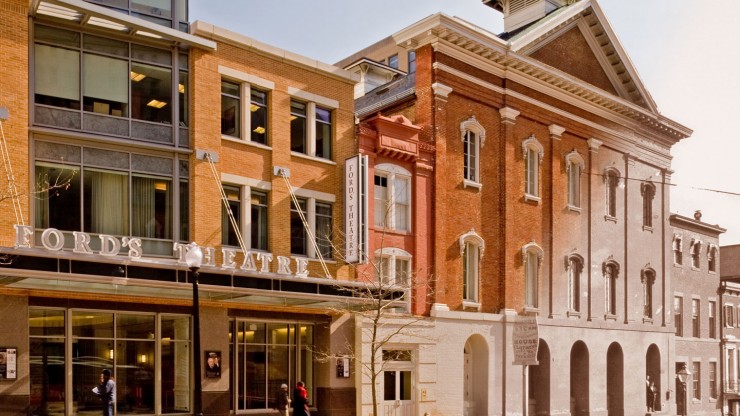
History of Ford’s Theatre
What happened when John Wilkes Booth stepped into Ford's Theatre?
What should happen to a site where a violent event like Lincoln’s assassination takes place? Since 1865, people have answered that question many different ways.
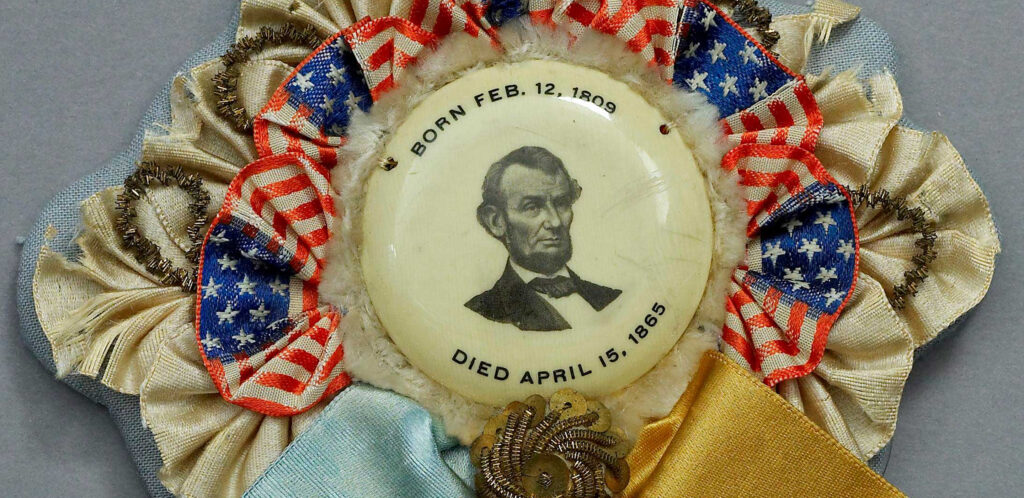
Teaching Lincoln’s Assassination and Legacy
Find lesson plans and other resources here.
We offer ready-to-use history lesson plans focused on how to teach President Abraham Lincoln’s assassination and the Civil War.
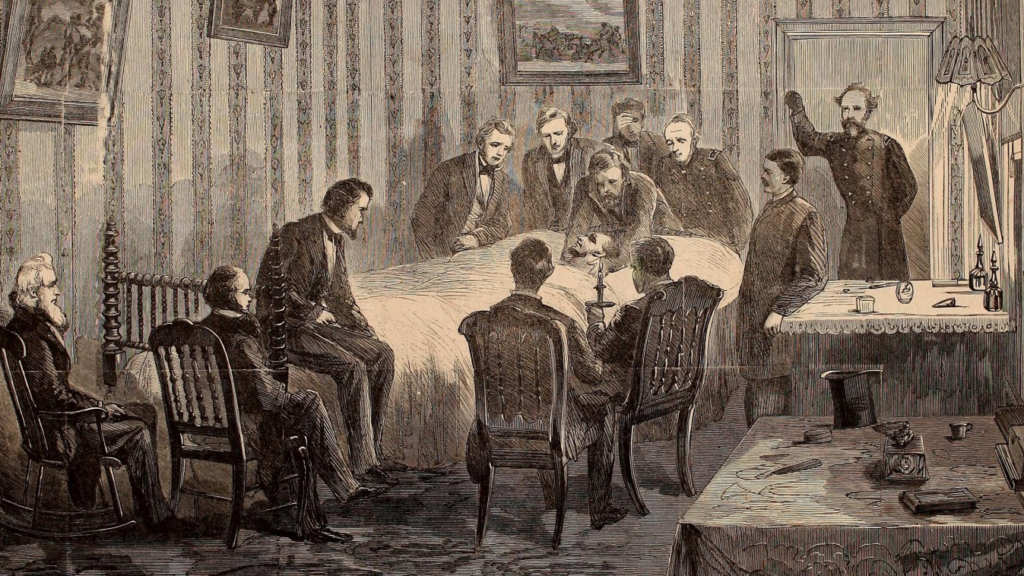
Lincoln’s Death
What happened inside the Petersen House after soldiers carried Lincoln there?
At the time, many people felt a theatre was not a proper place for a president to die. Soldiers carried Lincoln down the stairs of the theatre and out onto Tenth Street.
An Overnight Vigil
As Lincoln was dying in the Petersen House, a crowd gathered outside. What was it like to be there that night?
Protect Our History
Give to Ford's Theatre and help us share the stories that shaped a nation.
